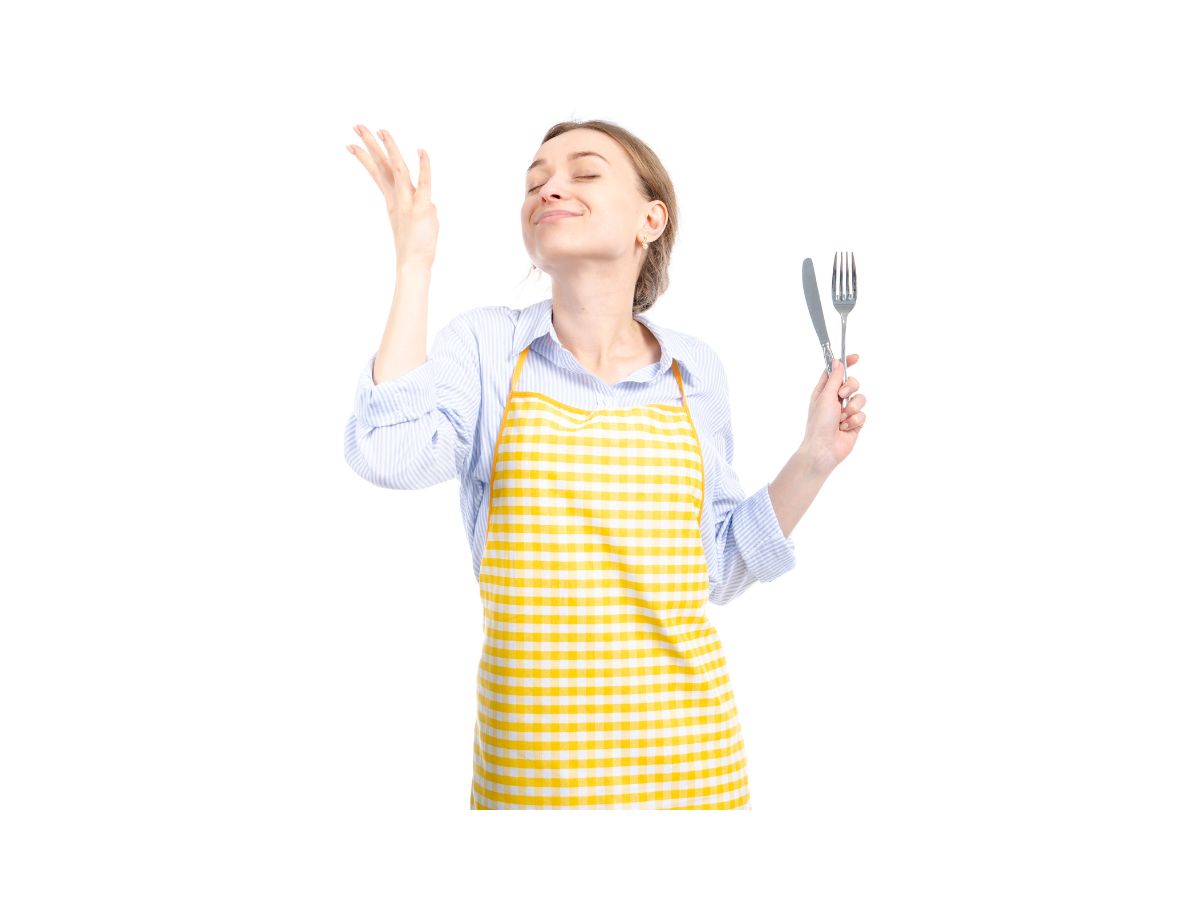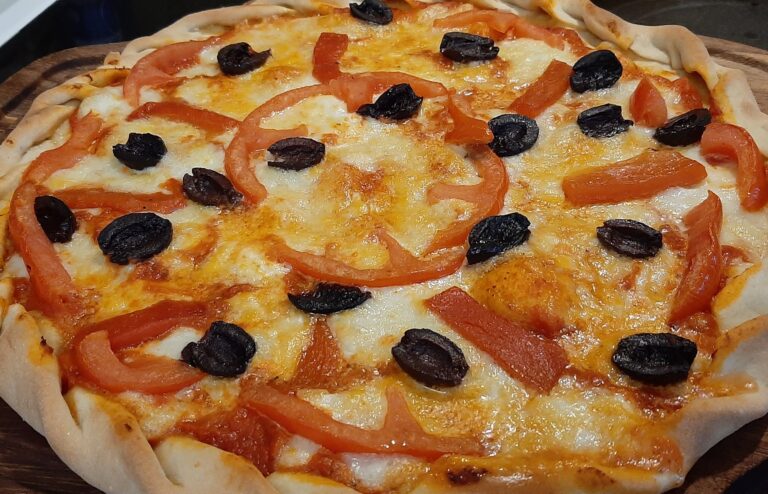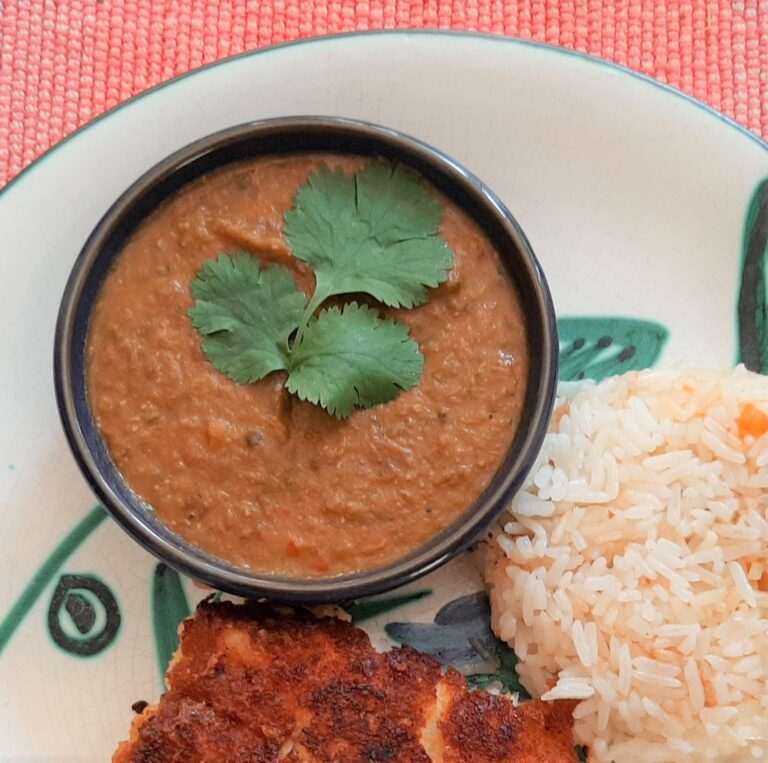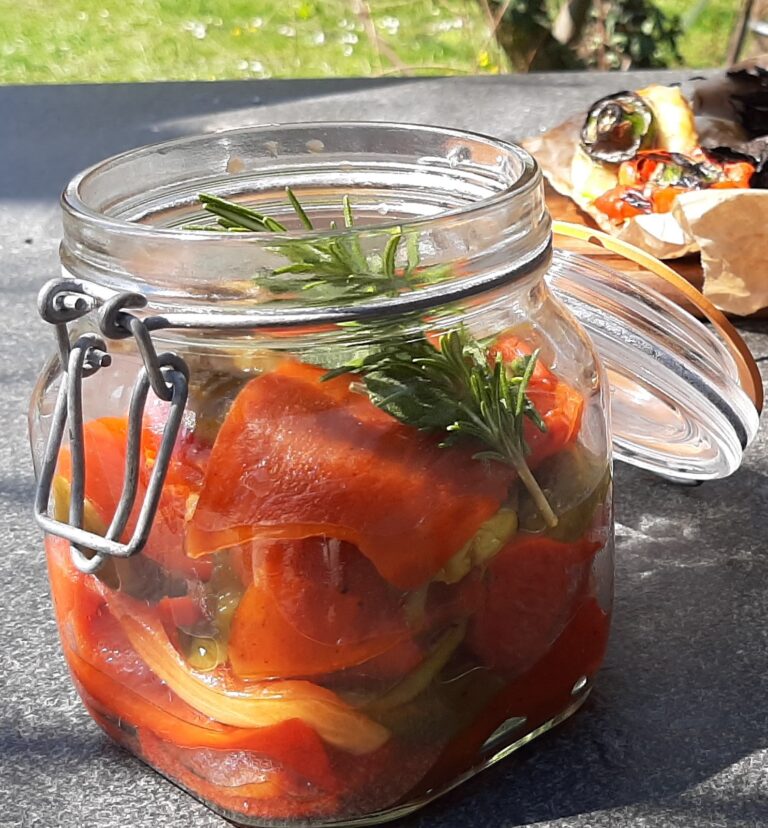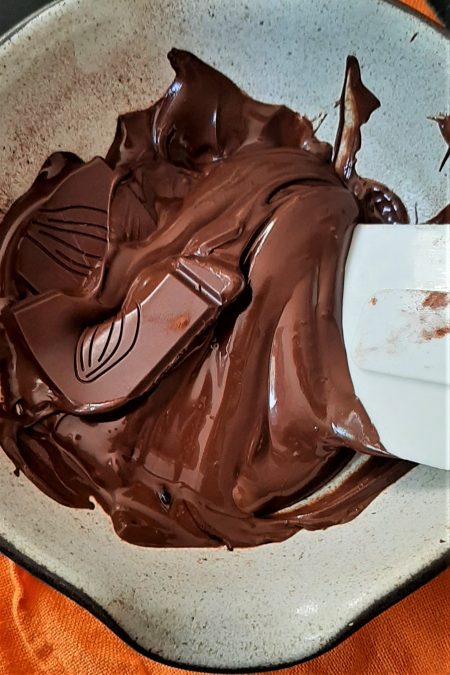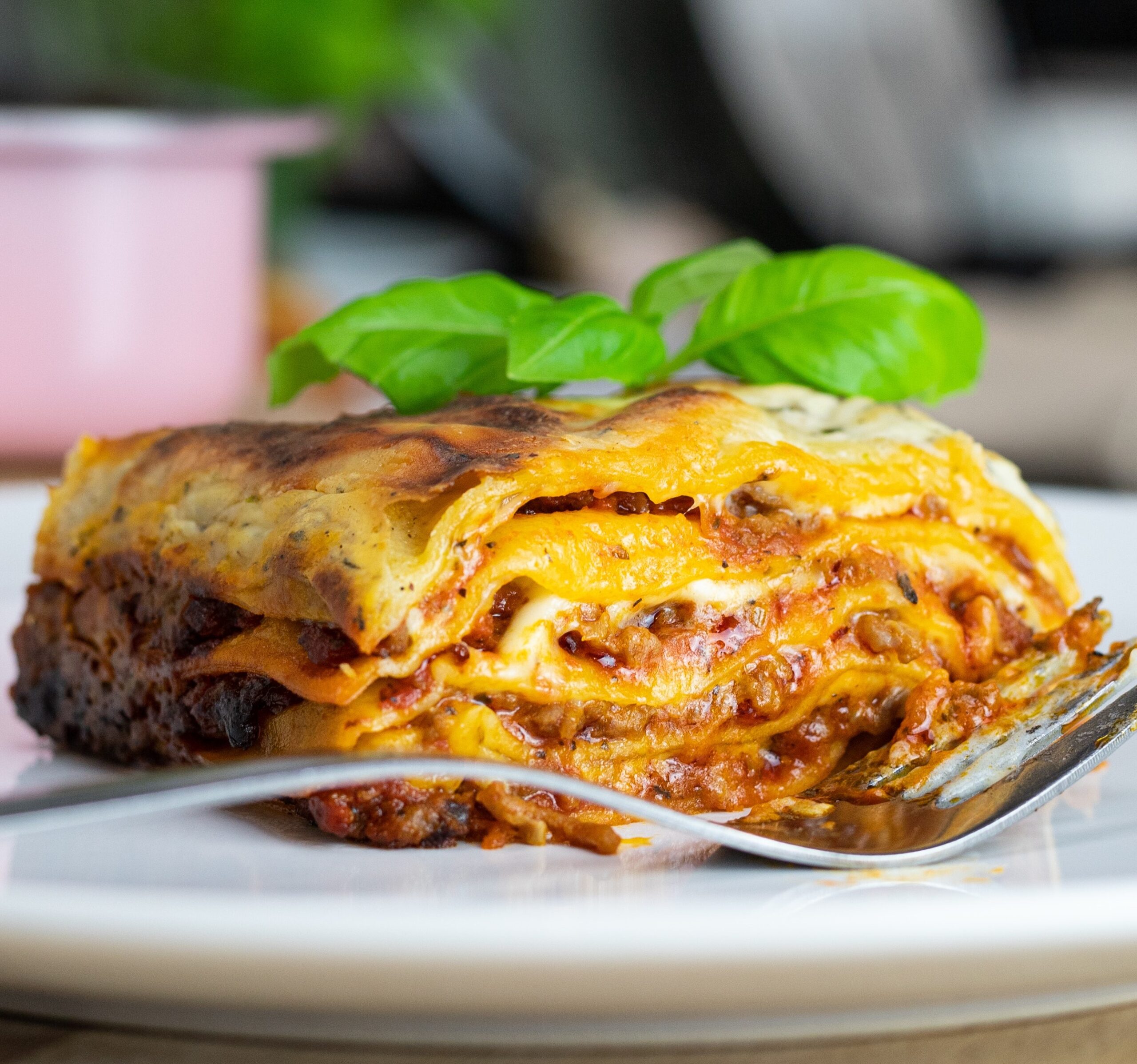5 tips for getting off to a good start when you learning how to cook
If you are learning how to cook at home, I am positive you have plenty of questions in your mind. Here you’ll find 5 general tips for getting off to a good start when you learning how to cook.
Read the entire recipe and why
This sounds logic, but even more experienced home cooks may miss occasionally when in a hurry.
When you read the entire recipe, you not only get a big picture of what you’ll need in terms of ingredients, but also you decide what your first step will be.
If you miss it, it may happen you’ll discover only later that you needed to marinate meat, fish or poultry for a few hours before.
Another example is when there is a recipe inside a recipe. For example, there are lots of recipes with sauces which requires another sauce called “fond” as a basis.
When I started cooking regularly way back then, I wondered what is this thing “fond”?
I knew about broths, but I had no clue what a “fond” was. A broth is the liquid you extract after simmering chicken, cow, or lamb bones with vegetables and herbs for just 1 hour or 1,5 hours. You can prepare stock only with vegetables.
“Fond” is a French term meaning “foundation” or a “base”. If a stock simmers for hours and hours, 5 or 6 in general, so the liquid reduces and flavours become super concentrated, then you have a fond.
There are a lot of possibilities for stock and fond because different cuisines add their preferred herbs and vegetables. The key difference between both is the simmering time.
Whether you intend to make sauces or prioritize meals that can be prepared fast, it’s crucial to understand how your stove works in terms of heat.
This leads us to the next tip.
Get to know your stove
Home glass stoves differ a lot in strength. Many people cook with old stove tops, while others may cook at newer stoves with cool features. One fundamental skill to develop is how to set heat properly. But you may wonder, how can I know what is the correct heat? This question is better answered with an example.
Let’s assume you want to cook rice on electric stove top. The first thing to bear in mind is that the time to cook rice varies depending on the type of rice. A mistake people often make is to set heat at a much higher level than necessary and then letting rice boiling energetically for too long.
Then the outcome is a two-layer rice: a rice cooked on top and burnt rice stuck at the bottom. Burnt rice is impossible to eat and it takes much more time to clean your saucepan.
How to avoid that?
My glass stove is an old type with a heat range from 1 to 6. When I need to cook Basmati rice, for example, I add boiling water (following the recommendation of water/rice ratio) and set heat first at 5 with lid off, wait for liquid to reach a full boil, then I reduce heat to 1 letting rice simmering with lid on for 10-11 minutes.
Next I turn burners off and let the pan rest away from heated burner with lid on for more 5 minutes, so rice absorbs all liquid and it’ll be fluffier. You’ll end up with a delicious tender rice ready to integrate any sauce.
If you want to use coconut milk instead of water in your rice, there is a recipe here.
The right heat for simmering depends on a lot of factors such as your stove, the quantity of food you’re cooking and the pan you’re using.
By observing how much food is boiling, if energetically of gently, you’ll find out the correct heat and this is crucial for getting off to a good start when you learning how to cook.
To understand how your stove works, you’ll need to try your burners with different cooking techniques.

Get our free guide
When you join our newsletter
Cooking technique
One of the main issues people face when start cooking is underestimating the total time involved to prepare a meal from scratch. It’s a good idea to be aware of the cooking cycle, from chopping vegetables passing through cooking and resting time, if needed, to avoid frustration.
A good hint is: ask yourself what kind of cooking technique the recipe requires. This it’ll set you off to a good start when you learning how to cook
For example, sautéed food is a cooking technique where most time is spent on chopping vegetables. The cooking time is very short.
On the other hand, if you want to simmer food, such as when you make a Bolognese sauce, for example, the time to chop vegetables is relatively shorter compared to the real cooking time.
In a Bolognese sauce made with 600g of ground beef and canned tomatoes, it’ll take you only 5 minutes to chop carrots, onion, and celery, while the cooking process it’ll take around 40 minutes.
Independently of your cooking technique, you’ll need to handle well pots and pans while cooking. This leads us to the next tip.
Handling hot pots and pans
One good tip for someone who starts cooking is to always use the furthest burner from you and to wear an apron. The image below shows a stove with 4 burners.
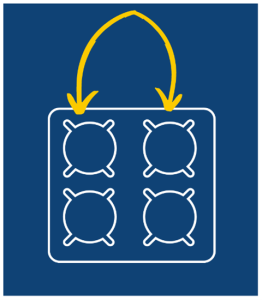
If you need to use one or two burners at the same time, assuming the second line of burners are the furthest from you, the yellow arrows indicate where you shall place pans so you protect yourself from hot food.
This is very helpful when you’re cooking thick liquids and sauces. In these cases, when the pan gets too hot, a few bubble eruptions may occur. To stop you just need to put lid on. But if you need to keep lid off , just stir to calm the bubbles down or move the pan halfway from heat to calm it.
Another tip is to use long spatulas or wooden spoons because they provide a better distance between you and hot food while stirring, scraping, or flipping. Make sure you always turn burners off and never ever leave food cooking unattended. These two simple things are crucial for getting off to a good start when you learning how to cook so to avoid accidents.
When we think about spatulas, wooden spoons and kitchen utensils, we often get unsure what to buy. This is what the next tip covers.

Get our free guide
When you join our newsletter
Essential kitchen utensils
Most beginner cooks don’t have enough kitchen utensils to start cooking at home. There is nothing wrong with that. We have all been there.
If you are a beginner, you are in the phase of exploring, experimenting, and defining the directions of your home cooking, so there is no need to invest in something you are not sure you’ll use it.
However, when you truly want to start cooking you’ll need a few kitchen utensils. Before investing, inspect what meals you would like to cook and what kind of cuisines inspire you.
For example, if you love oven dishes such as lasagne, or potato gratinate, or baked mac and cheese, and you’re willing to try them, you’ll need a baking pan that handles well heat inside the oven such as ceramic, aluminium or glass.
If you are more prone to dishes that involve sauces, such as curry, or Bolognese sauce, you will need heavy bottom saucepans. Heavy bottom saucepans cook food evenly and are perfect for curries as well as for Bolognese.

